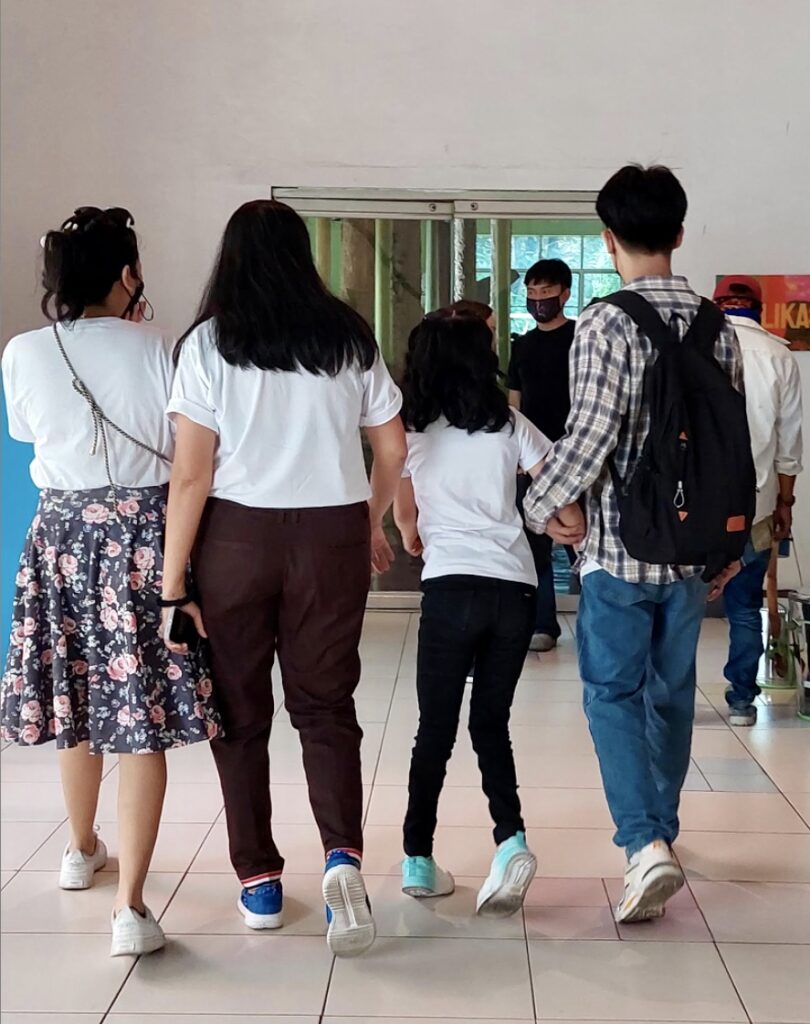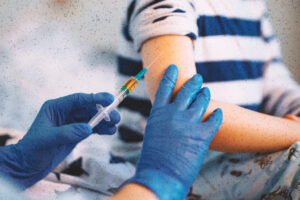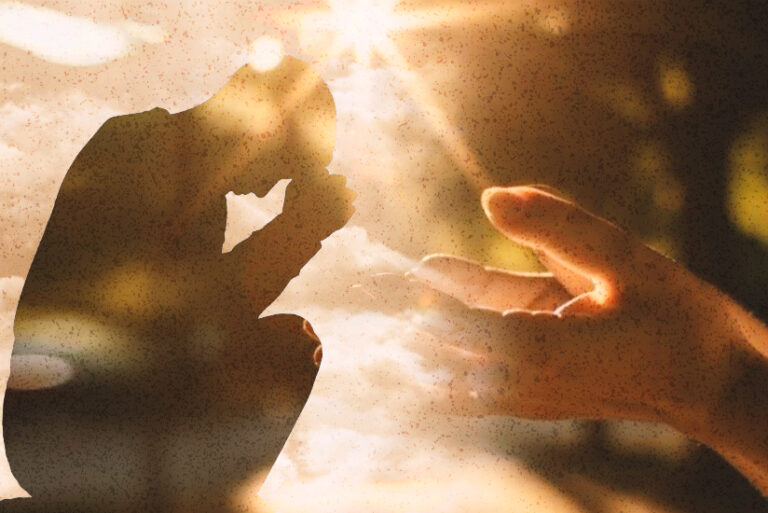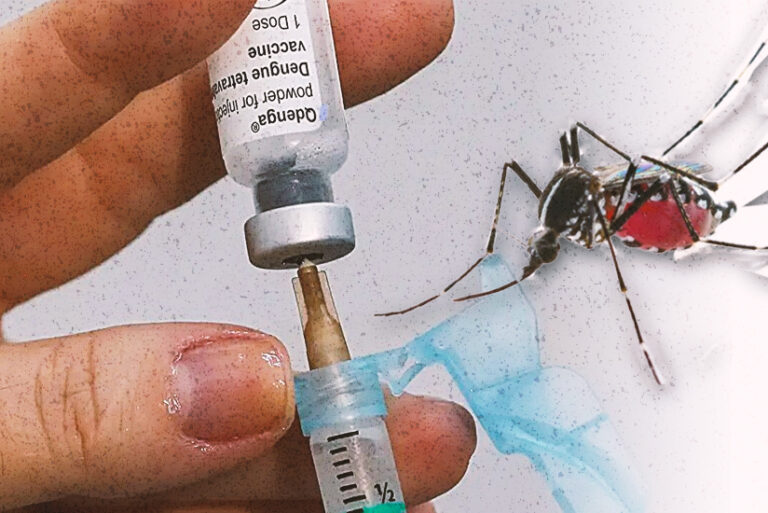By Henrylito D. Tacio
Clubfoot affects more than 4,000 Filipino infants born daily and it can be treated especially if done early, according to the Philippine Non-Government Organization Council on Population, Health and Welfare (PNGOC).
On average, 4,177 infants with clubfoot are born daily in the country, which translates to 174 babies born per hour or approximately three babies born per minute, or 5 to 6 babies born with clubfoot every day in the country.
“Treatment of clubfoot is time-sensitive, so early diagnosis is advisable so that the doctor can start the procedure that entails weekly casting,” said Chi Laigo-Vallido, executive director of PNGOC. “With continuous treatment without relapse, along with care and support, a child with clubfoot can be able to walk normally.”
The PNGOC, an umbrella organization of NGOs across the country, has been working on
health and development issues since 1987. The organization enjoins Filipinos to heighten their awareness of clubfoot and to support the program by helping children with clubfoot, so that they can be treated and be able to walk.
PNGOC is the lead agency implementing the Philippine National Clubfoot Program. Through the support of MiracleFeet, a US-based foundation, the PNGOC supports 29 partner clinics and hospitals all over the country to treat clubfoot for free.
According to PNGOC, children with clubfoot mostly come from under-resourced families and some are born with illnesses other than clubfoot.
Feet deformity
Clubfoot, also known in Filipino as “kapingkawan sa paa,” is the world’s most common congenital birth defect, affecting more than 200,000 newborn children a year. Most of those children are from developing countries that include the Philippines.
“Clubfoot is a deformity in which an infant’s foot is turned inward, often so severely that the bottom of the foot faces sideways or even upward,” explains the American Academy of Orthopaedic Surgeons (AAOS) on its website.
“Clubfoot is not painful during infancy,” AAOS says. “However, if your child’s clubfoot is not treated, the foot will remain deformed, and they will not be able to walk normally. Without proper treatment, the majority of children are able to enjoy a wide range of physical activities with little trace of the deformity.”
Symptoms
An unborn child can be known if he or she has a clubfoot through an ultrasound. “Symptoms of clubfoot usually are identified after birth,” said The Asian Parent. There are five symptoms:
* The clubfoot is usually smaller than the other foot. The affected leg may be slightly shorter, too.
* The heel of the affected foot may be smaller than the unaffected one.
* The toes are pointing toward the opposite foot.
* The clubfoot is a twisted foot that turns inward or downward. If the foot is severely affected, it may be twisted upside down.
* The leg with clubfoot may have underdeveloped calf muscle.
Possible causes
The cause of clubfoot is mainly idiopathic or unknown.
“Genetic factors are believed to play a major role, and some specific gene changes have been associated with it, but this is not yet well understood,” Medical News Today’s Adam Felman wrote. “It appears to be passed down through families.”
Environmental factors may also play a role. There are some studies which show a link between the incidence of clubfoot and maternal age, as well as whether the mother smokes cigarettes and if she has diabetes.
Treatment
Clubfoot is correctable with the Ponseti method–a highly effective, innovative medical intervention that results in complete correction of clubfoot and full functionality in nearly all cases.
Treatment involves a series of weekly casts to gently reposition the feet and a simple outpatient procedure to release the Achilles tendon, followed by use of a foot abduction brace, worn for 4-5 years while sleeping to maintain the correction and reduce the chance of relapse.
When initiated during infancy, the position of the foot is usually corrected within six to eight weeks.
According to Vallido, only 15% of children with clubfoot get treated due to lack of information and fear of medical costs, but more than 90% of cases can be corrected if treated on time through a series of clinical processes.
Vallido said casting procedures for clubfoot treatment can be charged to Philippine Health Insurance Corporation (Philhealth) once every three months. While clubfoot is mentioned in the health insurer’s Z Benefit Package, the provision is only for “assistive-devices” such as wheelchairs and other seating devices.
In the case of children with clubfoot, multiple castings are required and may happen weekly.
She said without the support of the hospitals and MiracleFeet, treatment can cost between
P300,000 to P500,000. The specialized shoes alone without the braces cost between P3,000 to P5,000 a pair and require more than one pair as the child grows.
Vallido also called attention to children’s health and nutrition, especially children of poor families who may have debilitating disorders such as clubfoot that can impact on their growth and development. – ###

(Photos courtesy of PNGOC)
Sources:
https://ph.theasianparent.com/symptoms-of-clubfoot
https://business.inquirer.net/36621/real-hope-for-babies-born-with-clubfeet









One Response
I was a military wife at Clark AFB in the PI and we took children. Fr Barrios to Manila for surgery , along with cleft lips and palates and eye deformities,The drs there did Pro Bono for the kids, who wouldn’t have had this unless helped by those who went thru barrios , looking for these defects and transported for treatment